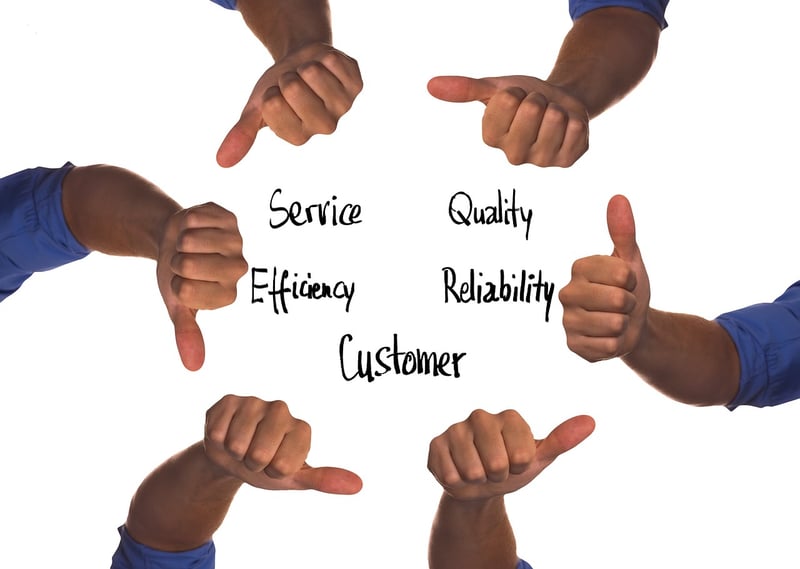Customer Behavior
Understanding Business Landscapes and Customer Behavior
In the dynamic world of business, having a grasp of the ever-evolving landscapes and understanding customer behavior are crucial for success. Let's delve into these key aspects:
Business Landscapes
Business landscapes encompass the external environment in which a company operates. This includes factors such as market trends, competition, regulatory frameworks, technological advancements, and economic conditions. By staying attuned to these elements, businesses can make informed decisions and adapt to changes effectively.
Market Trends
Market trends indicate the direction in which a particular industry or segment is moving. By identifying and analyzing these trends, businesses can capitalize on opportunities and stay ahead of the curve. For example, the rise of e-commerce has transformed the retail landscape, prompting traditional brick-and-mortar stores to enhance their online presence.
Competition
Understanding the competitive landscape is essential for businesses to differentiate themselves and attract customers. By conducting competitor analysis, companies can identify their strengths and weaknesses relative to others in the market, enabling them to refine their strategies for sustainable growth.
Regulatory Frameworks
Regulatory frameworks encompass laws and regulations that impact business operations. Compliance with these frameworks is critical to avoid legal repercussions and maintain the trust of stakeholders. Businesses must stay informed about changes in regulations that could affect their industry.
Customer Behavior
Customer behavior refers to the actions and decision-making processes of individuals or groups when purchasing products or services. Understanding customer behavior is essential for businesses to tailor their offerings and marketing strategies effectively.
Consumer Preferences
Consumer preferences can vary based on factors such as demographics, psychographics, and economic conditions. By conducting market research and analyzing consumer behavior, businesses can align their products or services with customer preferences to enhance satisfaction and loyalty.
Purchase Decision Process
The purchase decision process involves several stages, including problem recognition, information search, evaluation of alternatives, purchase decision, and post-purchase evaluation. By understanding this process, businesses can optimize their marketing efforts to influence customer decisions at each stage.
Customer Feedback
Customer feedback is a valuable source of insights for businesses to improve their products or services. By actively seeking and incorporating customer feedback, companies can enhance customer satisfaction, build loyalty, and foster long-term relationships.
By comprehensively understanding business landscapes and customer behavior, companies can navigate challenges, seize opportunities, and build sustainable success in today's competitive market.


For more insights on business strategies and customer engagement, visit ExampleLink.
